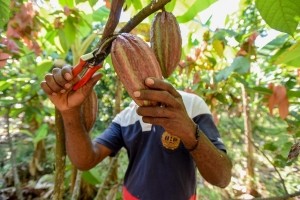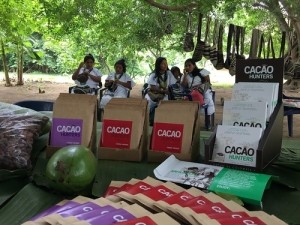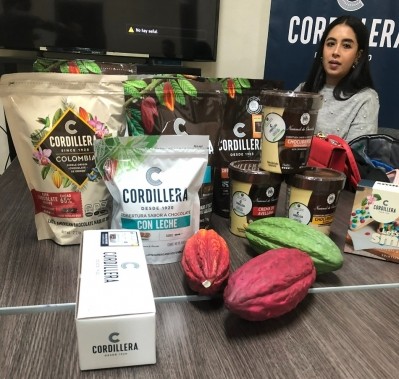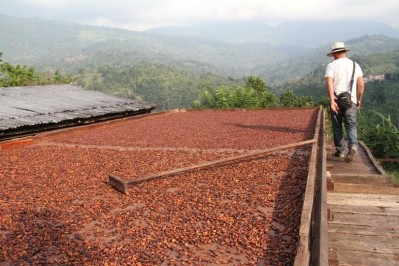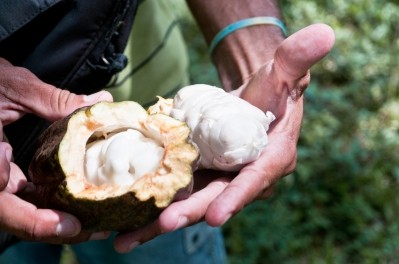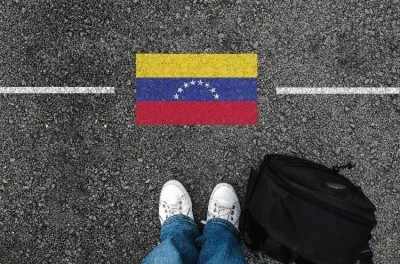Special report
Colombia cocoa’s peaceful transition to global prominence
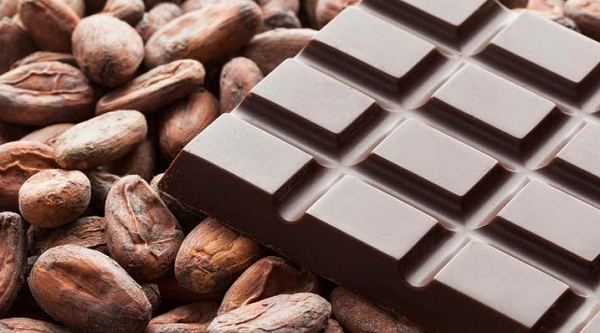
Colombia’s cocoa export business has risen by 54% since the beginning of 2021, registering 5.1% year-on-year growth with revenues of almost $30m by the end of last year.
Puyana said 2022 is a milestone year for ProColombia as it marks its 30th anniversary with a strong post-pandemic recovery programme for trade, investment and exports. He provided an update on Colombia's cocoa sector.
Cocoa is one of those crops that is able, because of its demand, to conserve our biodiversity because of its ability to actually drive reforestation in the country -- Jose Puyana, ProColombia's Executive Director for Spain
“Our focus is on trying to connect Colombian exporters with buyers in foreign markets in different sectors. We try and identify and match our supply offering with potential buyers in different sectors,” he said.
'Crop for peace'
One of the Colombian government’s more successful initiatives was designating cocoa a ‘crop for peace’ for being one of the commodities with the greatest possibility to substitute illegal crops. It offers the country the possibility to improve farmer livelihoods, bring security to growing regions, and expand its presence on the global stage.
Cocoa plays a fundamental part in the government’s policy regarding the transition from illegal crops to more legal and productive crops, Puyana said.
“Cocoa is one of those crops that is able, because of its demand, to conserve our biodiversity because of its ability to actually drive reforestation in the country. And because of its ability to support the livelihoods of many, many families, around the country.”
Puyana also told ConfectioneryNews that “cocoa is one of the five sectors that we have committed to be zero deforestation on. So there's a very robust initiative here, and Colombia is also a member of the Cocoa, Forests & Peace Initiative.”
Cocoa produced by farmers who are linked to the cooperation programmes funded by the British government in the country (UKPACT, Forest and Peace, CSSF, Prosperity Project) are ex-combatants, or victims of the Colombian conflict and female leaders in their communities.
In 2020, the UN’s Food and Agriculture Organization (FAO) ranked Colombia as the tenth-largest cocoa producer in the world with 5.8 million tonnes and a share of 1.1% of total global production. It was also recognised as the sixth largest exporter of cocoa in Latin America with a share of 4.1% of the region's total exports.
In addition to cacao beans, Colombia also supplies intermediate products such as cocoa paste, chocolate liqueur, cocoa butter or oil, and cocoa powder, which are in high demand in the global food and cosmetics industries.
According to the International Cocoa Organization (ICCO), the Colombian cocoa used for exports received a distinction for its ‘flavour and aroma,’ attributes guaranteed in only 8% of the beans commercialized worldwide.
Puyana said Colombia is an important player, but not a massive player in the cocoa industry. “We know that we have a quality product that, of course, is recognised for its flavour and aroma so it is also a very specific and sought-after product.”
Sustainability
Colombian cocoa is not only known for its quality and fine flavours but also for its high sustainability record with cocoa farms located in 90% of the forests under agroforestry arrangements, that have a low need for fertilisers and pesticides while preserving habitats for both flora and fauna,
The wide range of Colombian cocoa flavours is also directly related to the climatic and genetic diversity of each region. From strong cocoa to subtle mild flavours, fruity and floral cocoa, most Colombian cocoa has some nuts and sweet notes that round out the flavour characteristics.
The recent trend for sustainable and transparent chocolate demanded from a younger generation of consumers, who are willing to pay a little more for a premium product, is also in Colombia’s favour, said Puryana, as is the plant-based trend, where many companies choose premium Colombian cocoa.
Colombia's cocoa exporters
Along with family-owned B2B company Luker Chocolate, key companies in Colombia’s cocoa industry include:
Umau Cacao, a leading producer in the cacao and chocolate sector; Equiori, a premium chocolate manufacturer with European and USDA organic certifications; Cacao Hunters (Cacao de Colombia), which was founded in 2009 and works closely with the producing communities to produce high-quality chocolates; Lok Foods, a company dedicated to the marketing and export of gourmet food products, chocolate products derived from the mixture of fine aromatic cocoa beans and premium Colombian coffee; and Agrobiz – Chuculat, which, since 2008, has been in partnership with small cocoa producers from different regions of Colombia, to produce and market premium chocolates.
